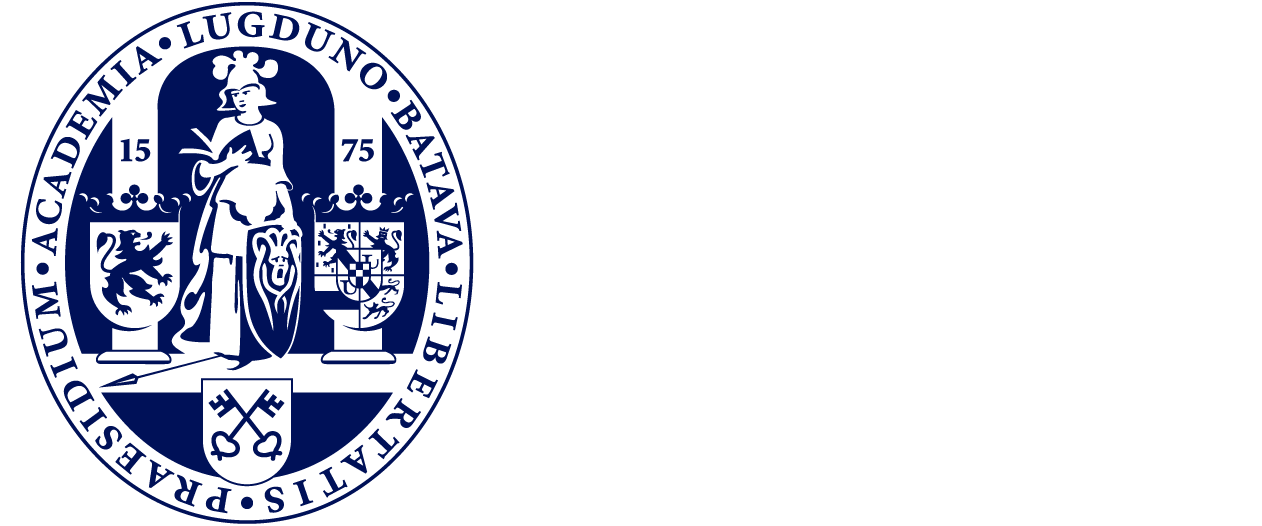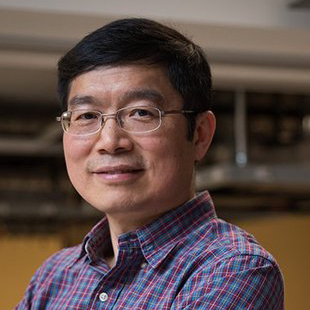Webinar on November 29, 2023, 4:00 pm UTC+1
Keynote: Photoacoustic, Light-Speed, and Quantum Imaging
We developed photoacoustic tomography (PAT) to peer deep into biological tissue. PAT provides in vivo functional, metabolic, molecular, and histologic imaging across the scales of organelles through organisms. We also developed light-speed compressed ultrafast photography (CUP) to record 219 trillion frames per second, orders of magnitude faster than commercially available camera technologies. CUP can record in real time the fastest phenomenon in nature, namely, light propagation for the first time and can be slowed down for slower phenomena such as neural conduction. We are exploring quantum entanglement for imaging.
PAT physically combines optical and ultrasonic waves. Conventional high-resolution optical imaging of scattering tissue is restricted to depths within the optical diffusion limit (~1 mm). PAT beats this limit and provides centimeter-scale deep penetration at high ultrasonic resolution and high optical contrast by sensing molecules. Broad applications include early-cancer detection and brain imaging. The annual conference on PAT has become the largest in SPIE’s 20,000-attendee Photonics West since 2010.
CUP with a single exposure can image transient events occurring on a time scale down to 10 s of femtoseconds. Akin to traditional photography, CUP is receive-only—avoiding specialized active illumination required by other single-shot ultrafast imagers. CUP can be coupled with front optics ranging from microscopes to telescopes for widespread applications in both fundamental and applied sciences, ranging from biology to cosmophysics.
Quantum imaging at the Heisenberg limit improves spatial resolution linearly with the number of quanta, faster than the square-root standard quantum limit.


